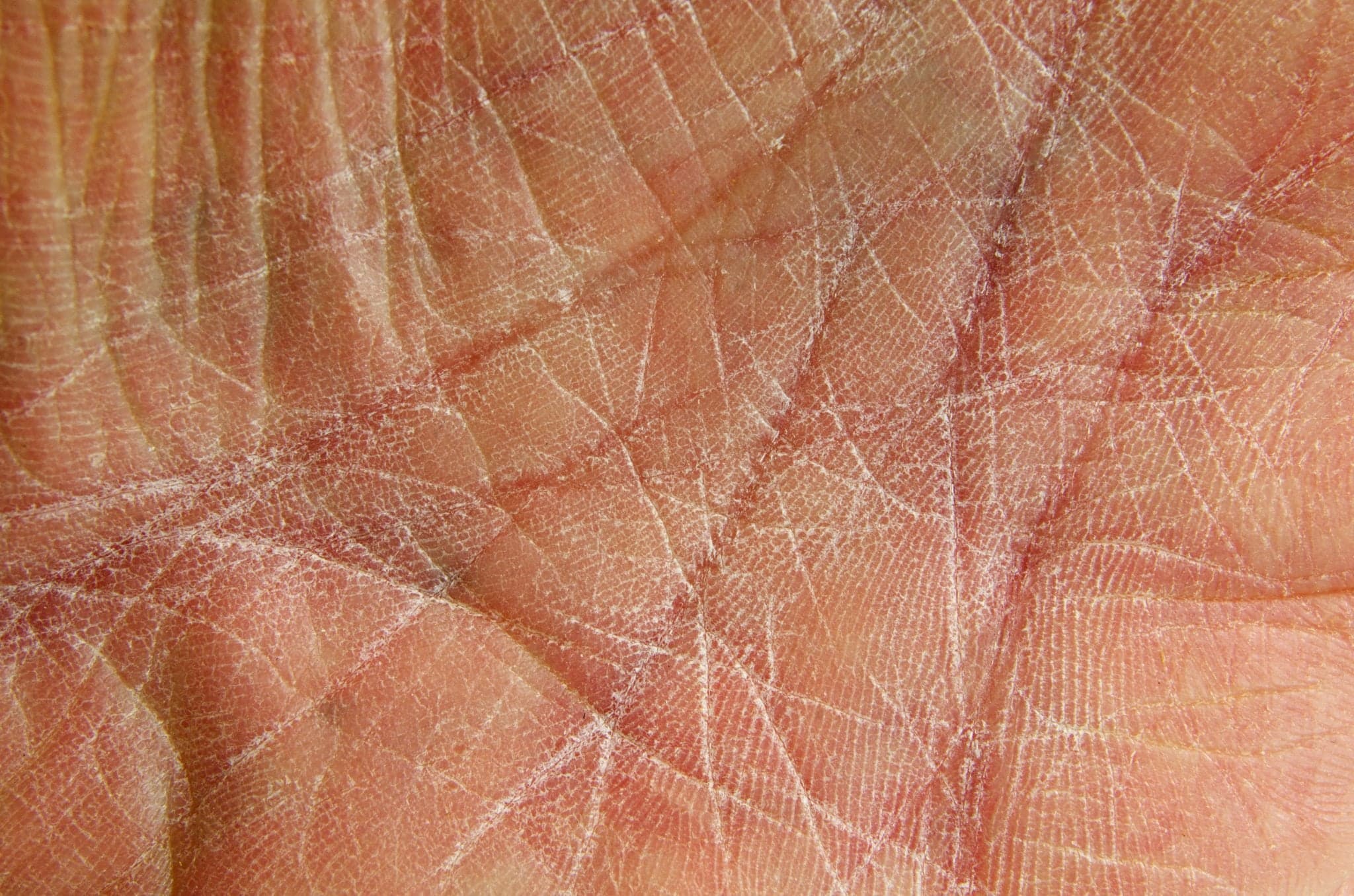
2018-10-03T09:37:12
What are the Risks of Uncontrolled Medical Conditions During Plastic Surgery?
- Plastic and Reconstructive Surgery
- Value-Based Care
July 18, 2016 | Plastic and Reconstructive Surgery

Many of us want a flat, well-toned tummy, but sometimes weight control and exercise are not enough. Even someone who has normal body weight and proportions can have sagging abdominal skin and loose muscles. Fortunately, abdominoplasty is a safe and effective solution for a sagging tummy. In fact, abdominoplasty is one of the most common cosmetic surgical procedures performed today.
Abdominoplasty is a surgical procedure to remove excess fat and skin from the abdomen and to tighten muscles in the abdominal wall. The most common causes of loose, sagging skin around the abdomen include:
Aging
Heredity
Pregnancy
Prior abdominal surgery
Large fluctuations in weight
An abdominoplasty, also known as a tummy tuck, can even restore weakened or separated muscles to create a smoother, firmer abdominal profile.
Modern abdominoplasty techniques have been around since the 1960s and have evolved significantly over the past five decades. In the earliest days, doctors would focus only on correcting abdominal deformity and gave little thought to scarring or aesthetics. Great advances in surgical techniques allow modern surgeons to create a beautifully contoured tummy with minimal scarring. While some scarring is inevitable, as surgeons need to make incisions into the skin to perform a tummy tuck, today’s surgeons can make incisions in strategic places to hide scars below the bikini line and, when necessary, just above the belly button. This means female patients can wear a bikini within a few months of surgery without fear of telltale scars.
While many people think of a tummy tuck as part of a “mommy makeover” that helps a woman regain her youthful figure after pregnancy, abdominoplasty also helps male and female patients get rid of excess skin after significant weight loss.
Because it strengthens abdominal muscles weakened by pregnancy or extreme weight loss, abdominoplasty can also improve abdominal tone and posture. Weak abdominal muscles can cause lordosis, also known as swayback. People who have undergone abdominoplasty notice vastly improved posture after the procedure. Tightening abdominal muscles also helps support the spine; this added support, along with improved posture, can alleviate certain types of back pain.
A surgeon may perform abdominoplasty to correct a certain type of hernia, known as a ventral hernia, which occurs when abdominal tissue or intestine pushes through the abdominal wall to form a pouch. Massive weight loss and some types of surgery, such as an appendectomy or caesarian section, can cause a ventral hernia.
Before undergoing abdominoplasty, patients who smoke must stop completely at least six weeks prior to surgery and for at least six weeks following the procedure to reduce the risk of complications. These patients must also stop using all nicotine patches and nicotine gums at least two weeks before and after abdominoplasty.
Patients should eat nutritious meals before surgery and avoid extreme dieting, as proper nutrition is essential for healing. The surgeon may also ask patients to stop taking certain medications and supplements before the procedure.
Anyone planning to have an abdominoplasty should prepare a home recovery area that includes an ample supply of loose clothing that is easy to put on and take off, a cell phone or conventional telephone within reaching distance and a shower chair and handheld shower head.
Patients can expect a certain amount of discomfort and swelling after the procedure. The surgeon will prescribe painkillers as needed. Soreness may last for several weeks or months.
Most people recover quickly and are thrilled with their appearance after the procedure. Abdominoplasty changes lives drastically and almost immediately.
WRITTEN BY:
The Live Better Team

2018-10-03T09:37:12

2017-09-19T11:00:59

2017-09-11T10:40:36

2017-09-05T09:30:10
This information is not intended to replace the advice of a medical professional. You should always consult your doctor before making decisions about your health.